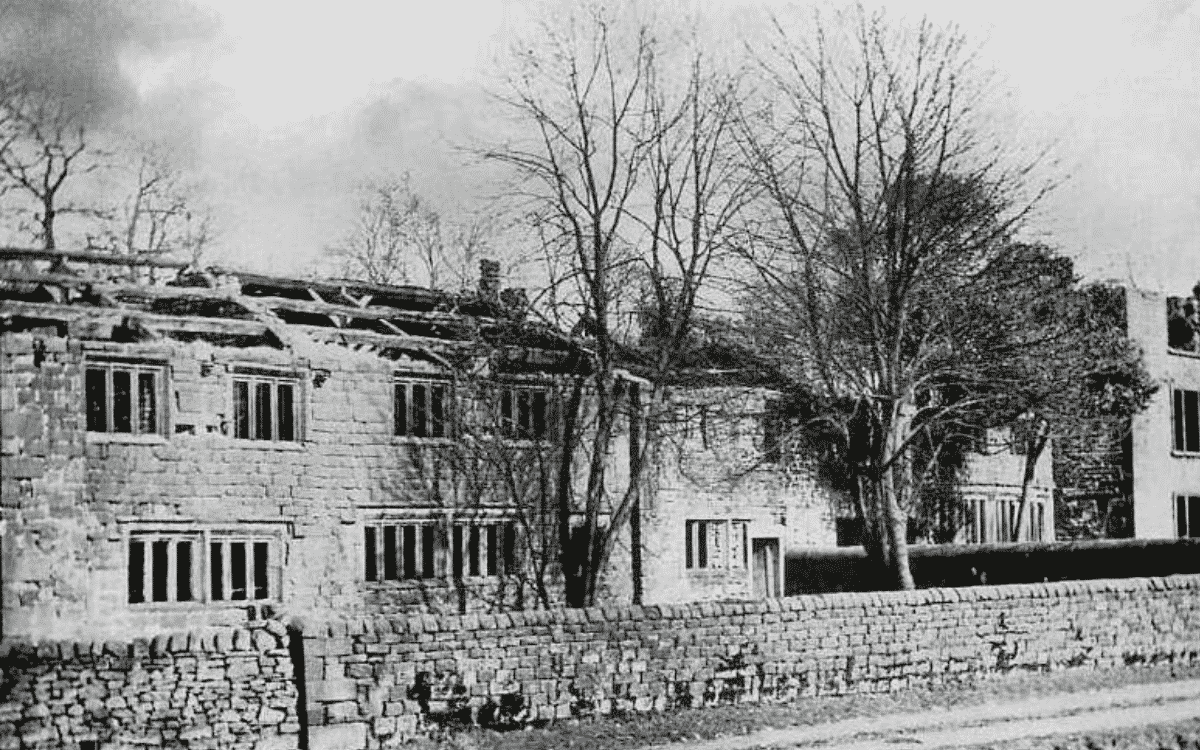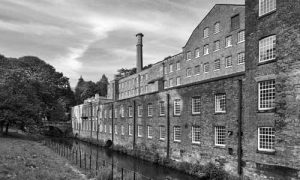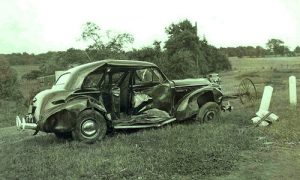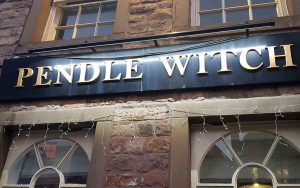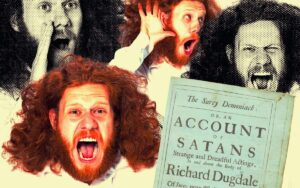Guest writer PETER CRAWLEY says spirits still roam Wycoller Hall, one of Lancashire’s many haunted mansions
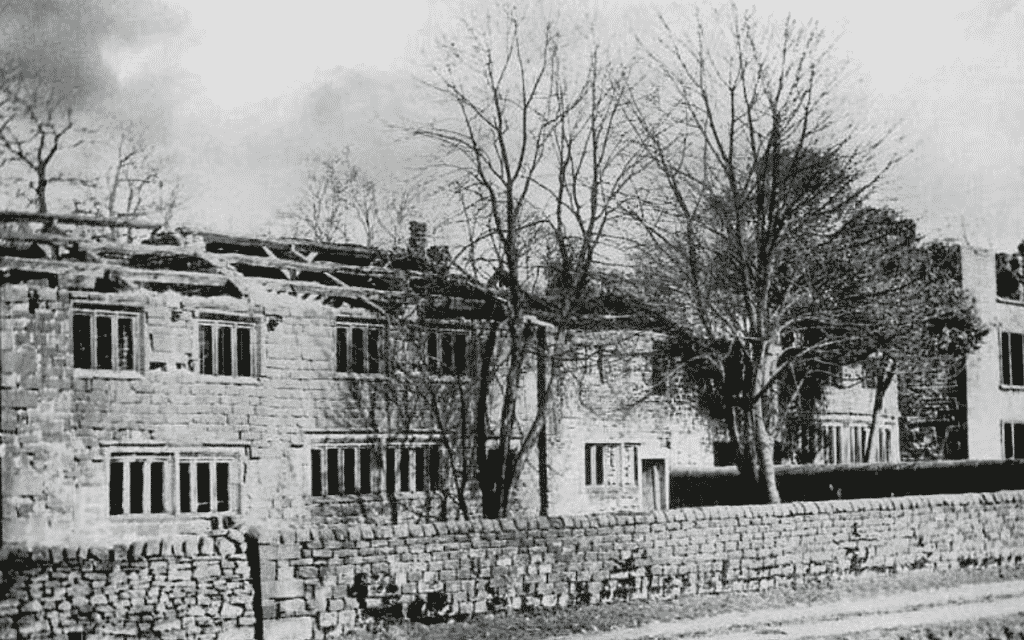
Wycoller Hall is the most haunted location in Lancashire.
Charlotte Bronte used Wycoller Hall as the inspiration for Fearndene Manor in Jane Eyre, and the village was later used in the film The Railway Children.
Local records show that in 1507 the lands of Wycoller were owned by Pier Hartley, and it is thought that his son, Pier Hartley Jnr, built the Hall around 1550.
The marriage of Elizabeth Hartley (the last member of the Hartley family) to Nicholas Cunliffe, the eldest son of John Cunliffe from Accrington, allowed Wycoller Hall to fall into the hands of the Cunliffe family.
The story began with the untimely death of the squire’s wife, one of the Cunliffe family.
The events are thought to have taken place on a wild January evening, when the full moon appeared from behind a thick bed of clouds and the weather was atrocious, with high winds and heavy rain. These conditions are also required for the appearance of the spectral horseman, who is doomed to haunt the Hall once every year.
Legend of Wycoller Hall
One version of the legend states that the squire (one of the Cunliffe family) was fox hunting on the moors. The fox changed direction for no apparent reason, and led the squire across a stream towards the Hall.
The fox then ran through the open doorway, up the stone stairs (still being pursued by the squire and hounds) and appeared in Mrs Cunliffe’s bedchamber. The shock of seeing the hounds attack and kill the fox beneath her feet, and the sudden appearance of her husband on horseback caused the lady to let out a piercing scream.
The scream annoyed the squire so much that he raised his riding crop and cursed her chicken-heartedness.
But before the riding crop descended she fell to the floor and died. In this version of the story, the spectral horseman is said to gallop across one of the bridges leading to the Hall (it is not known which one) and enter in hot pursuit of the hounds.
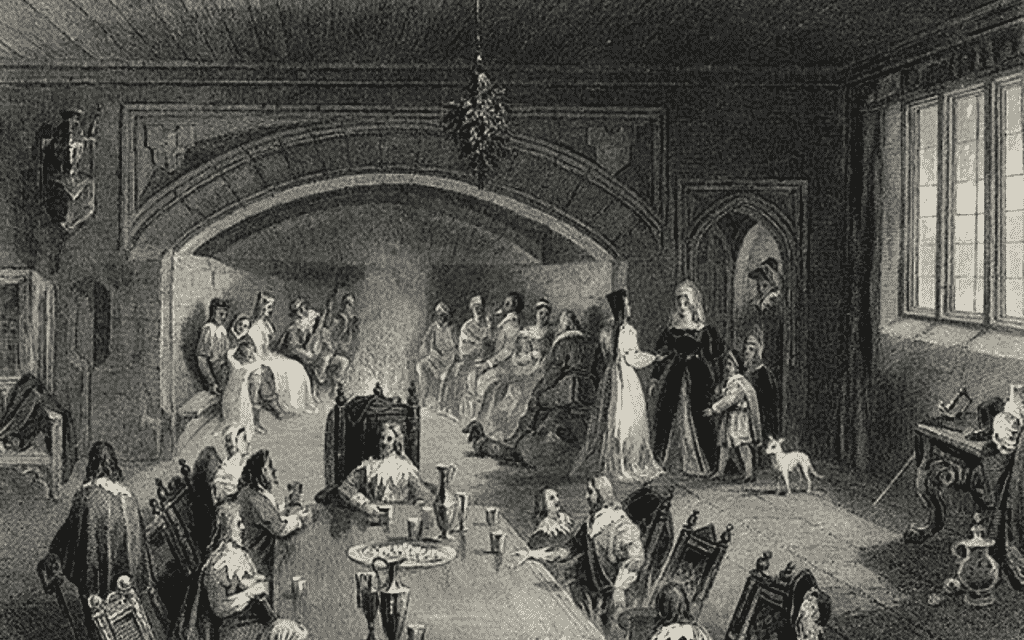
The accepted version is that the squire rode across the moors, and suddenly decided to call in at the Hall and visit his wife. On entering her bedchamber, he found her in the arms of another lover. Overcome with rage, he murdered her with his riding crop.
Nowadays, the ghost of the horseman gallops to the Hall, dismounts at the gate and enters through the door. As he climbs the ruins of the stone staircase, terrible screams which turn into groans are heard. Then the horseman re-appears at the doorway, mounts his horse and heads back the way he came.
According to Elliott O’Donnell (Daily Telegraph, 2 February 1929) the spectral horseman was seen riding a big black horse. He was dressed in high boots, and long, loose voluminous coat and a very wide-brimmed hat with a plume in it. The rider was heading towards the Hall.
The squire’s wife is said to have predicted the extinction of the Cunliffe family – a prediction which came true when Henry Owen-Cunliffe, the last member of the family, died in 1819.
The other ghost said to haunt Wycoller Hall is the ‘Lady in Black’. Some witnesses have described her as wearing a long, black silk dress. In recent times she has been nicknamed Black Bess or Old Bess. She could be the wife of the spectral horseman, or the wife of another Cunliffe who was drowned at sea in the seventeenth century, and now searches for her husband.
Two council workers saw Black Bess on the Pack Horse Bridge. She has also been seen near the fireplace dressed from head to toe in black silk. The apparition was still and silent, and after a few minutes she disappeared. A courting couple saw her in one of the rooms. The couple heard the door open. When they looked towards the door, Black Bess looked at them and then went back out.
In the 1970s, the cottages in the village were empty because of poltergeist activity.
The village is thought to be haunted by a phantom coach which races up to the door of the ruined Hall on certain nights of the year.
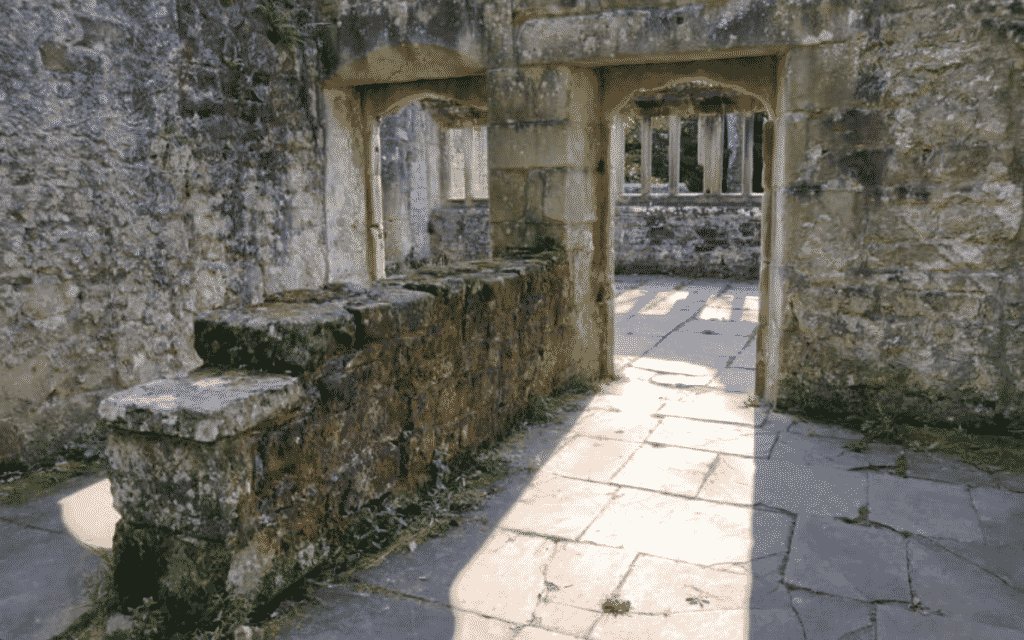
This is the first time that I have come across a first-hand experience of it.
At 11.30pm, a courting couple from Burnley parked on the greensward facing the empty houses. All of a sudden, there was a loud rumbling noise, which seemed to be immediately above the car, sounding at first as if someone were dragging chains over a corrugated-iron roof. The sound only lasted for three or four seconds. Then two or three minutes later, the same noise occurred again, louder this time.
A horrible ice-cold chill filled the car. The rumbling was still going on, getting louder and louder, sounding more like a coach and four racing towards the car. The car seemed full of sound, as if the coach and horses, or whatever it was, were passing right through. The cold was intense. Terrified, the driver attempted to start the car, but the engine would only fire after whatever it was had passed through.
The Ghost Club Society investigated Wycoller Hall in 1995-96. There were reports of unexplained sounds where the scullery used to be.
On 21 July 1995, three members of the Ghost Club Society (Colin Veacock, Edwin Fisher and the author) heard a woman humming the Disney song When You Wish Upon A Star. The sound occurred again an hour later but at a fainter level. The woman hummed the song an hour after that but was barely audible. Five members of the group (Colin Veacock, Edwin Fisher, Paula and Martin Roscoe and the author) recorded a sound similar to a riding crop on 26 July 1996.
PETER CRAWLEY is now a member of The Official Ghost Quest. He made his television debut on The Why Files (1997). He is a regular contributor to paranormal literature (The Encyclopedia of Ghosts and Spirits Volume 2 by John and Anne Spencer and Supernatural Lancashire by Peter Hough).

